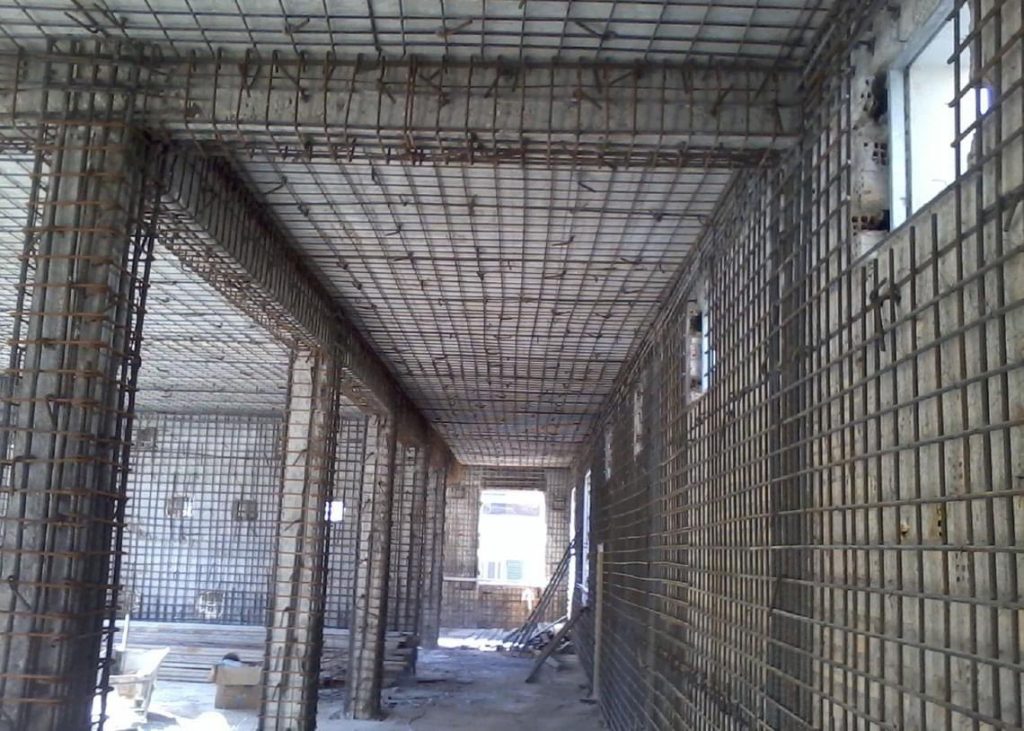Our retrofitting materials and services are tailored to breathe new life into existing structures. Whether strengthening foundations for seismic resilience or upgrading building systems for improved efficiency, MA Engineering offers a curated selection of retrofitting materials to enhance the longevity and performance of buildings
Retrofitting solutions are specialized services designed to upgrade and improve existing structures, ensuring they meet modern standards, enhance safety, and optimize functionality. These solutions are crucial for extending the lifespan of buildings, adapting them to new purposes, and addressing issues such as structural deficiencies or changing regulatory requirements. Here are key aspects of retrofitting solutions:

1. Seismic Retrofitting:
- Structural Upgrades: Strengthening building structures to withstand seismic forces and enhance resilience in earthquake-prone regions.
- Base Isolation Systems: Introducing base isolators to minimize the transfer of seismic energy to the structure.
2. Energy Efficiency Upgrades:
- Insulation Improvements: Enhancing insulation to improve energy efficiency and reduce heating and cooling costs.
- Energy-Efficient Windows and Doors: Installing high-performance windows and doors to optimize natural light and reduce energy consumption.
3. Building Envelope Enhancements:
- Waterproofing and Weatherproofing: Upgrading building exteriors to prevent water infiltration and improve resistance to weather elements.
- Cladding Systems: Introducing new cladding materials for improved durability and aesthetics.
4. Structural Reinforcement:
- Steel Bracing and Reinforcement: Introducing additional steel elements to reinforce and strengthen the existing structure.
- Carbon Fiber Wrapping: Applying carbon fiber wraps to enhance the strength of structural components.
5. Adaptive Reuse and Repurposing:
- Functional Modifications: Adapting existing structures to new functions or repurposing spaces to meet changing needs.
- Interior Layout Adjustments: Modifying interior layouts for improved functionality and space utilization.
6. Safety Upgrades:
- Fire Safety Measures: Implementing fire safety enhancements, including the installation of fire-resistant materials and systems.
- Accessibility Improvements: Upgrading structures to comply with accessibility standards for people with disabilities.
7. HVAC and Mechanical Systems Upgrades:
- Heating, Ventilation, and Air Conditioning (HVAC) Systems: Installing energy-efficient HVAC systems for improved comfort and reduced energy consumption.
- Plumbing Upgrades: Upgrading plumbing systems to meet current standards and enhance water efficiency.

8. Technological Integration:
- Smart Building Solutions: Integrating smart technologies for improved building management, security, and energy control.
- Building Automation Systems: Implementing automation systems to enhance operational efficiency.
9. Compliance with Codes and Regulations:
- Building Code Compliance: Ensuring that retrofitting projects adhere to local building codes and regulations.
- Safety Standards Adherence: Complying with safety standards to ensure the well-being of occupants.
Retrofitting solutions are tailored to the specific needs of each project, addressing unique challenges and requirements. Professional assessment, engineering expertise, and careful planning are essential components of successful retrofitting projects. These solutions contribute to the sustainability, safety, and adaptability of existing structures.

